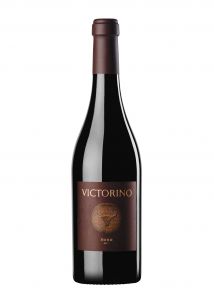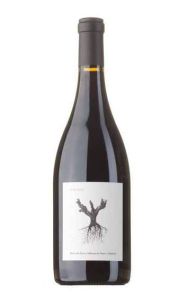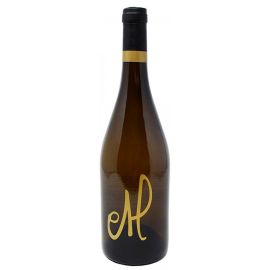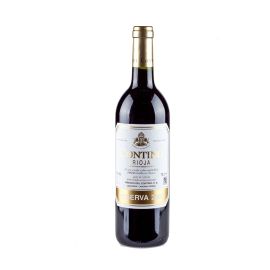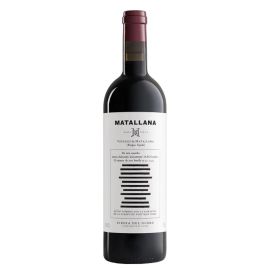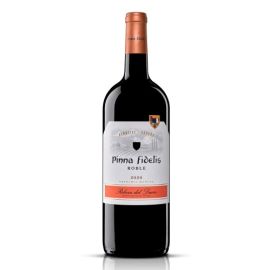Wij gebruiken cookies om uw ervaring beter te maken. Om te voldoen aan de cookie wetgeving, vragen we uw toestemming om de cookies te plaatsen. Meer informatie.
Psi Peter Sisseck 75cl 2019
Deze wijn wordt binnen 2 werkdagen geleverd
Nog 3 flessen beschikbaar
88% Tinta del Pais (Tempranillo), 12% Garnacha tinta.
EEN TOPWIJN UIT RIBERA DEL DUERO MET DE HANDTEKENING VAN PETER SISSECK
Complexe evenwichtige wijn. Rijp zwart fruit, een vleugje kruiden, mineralen, ronde tannines en een lange, volle afdronk.
Goede combinatie met rood vlees, wild, harde kazen en jamón.
Op dronk, maar kan zich tenminste tot 2026 nog verder ontwikkelen.
Drink Date: 2021-2026
The Wine Advocate:
The 2019 PSI combines their knowledge of the vineyards and their new winery. They learned a lot in 2018, a more heterogeneous vintage, and their sorting machine for grapes had to work a lot. 2019 was more homogeneous, an easier harvest when most people made better wine. In the winery, they invested in a simple building but top technology. They used some 10% Garnacha in the blend, which was done one year after aging the lots separately. It really reminds me of the young wines from Ribera del Duero from the early 1990s, with some aromas of orange peel, earthy and smoky (very mild) and with fine-grained tannins. It has good ripeness at 14% alcohol and integrated acidity but great balance. It showcases the style of the 2019s here, fresher than expected and still a sunny vintage, when 2018 was more crystalline. A triumph over the natural conditions of the year. They finally bottled the expected 345,000 bottles. It was bottled in July 2021.
I tasted the bottled 2019s from Pingus, a great vintage that follows the path of 2016 and 2018 (and continued by 2020). 2020 saw similar yields as 2019, both lower than 2018. 2018 was more challenging, and 2019 was a sunny year when they harvested early to keep the freshness. Sisseck compares 2019 with 2015, a very ripe year; but they managed to get fresher wine in 2019, and the wine overdelivered for their expectations. The bottled 2019 Pingus is truly outstanding. They thought of bottling it earlier but finally did a longer élevage. 2020 is also a warm and ripe year but with more finesse than 2019. As I saw last year, the wines age in oak vats and oak barrels, not only in barrel, and the integration of the oak is getting better and better."
Luis Gutiérrez,
29th Oct 2021


